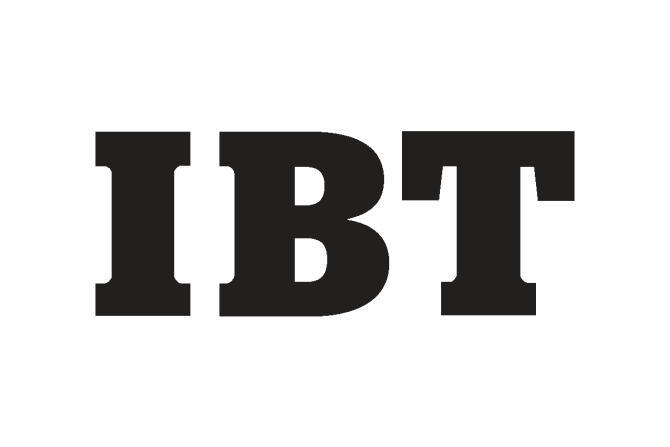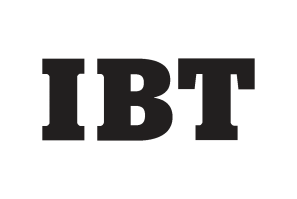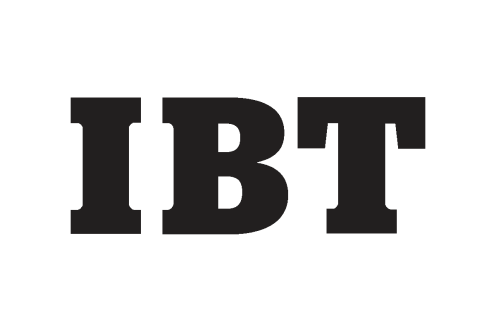U.S. consumer spending in May rose for the first time since February and savings hit a record high as federal stimulus measures boosted incomes, bolstering the view that the economy was close to emerging from recession.
U.S. consumer spending in May rose for the first time since February and savings hit a record high as federal stimulus measures boosted incomes, while consumer sentiment edged higher in June, bolstering the view that the economy was close to emerging from recession.
U.S. consumer spending in May rose for the first time since February and savings hit a record high as federal stimulus measures boosted incomes, while consumer sentiment edged higher in June, bolstering the view that the economy was close to emerging from recession.
U.S. consumer spending in May rose for the first time since February as government stimulus measures boosted income, while a consumer sentiment index in June edged higher, bolstering the view that the economy was close to emerging from recession.
U.S. consumer spending in May rose for the first time since February as government stimulus measures boosted income, while a consumer sentiment index in June edged higher, bolstering the view that the economy was close to emerging from recession.
U.S. consumer spending rose last month for the first time since February as government stimulus pushed incomes sharply higher, the Commerce Department said on Friday, supporting the view the economy was close to pulling out of recession.
U.S. consumer spending rose last month for the first time since February as government stimulus pushed incomes sharply higher, the Commerce Department said on Friday, supporting the view the economy was close to pulling out of recession.
The Federal Reserve on Wednesday stuck to its huge program of buying government and mortgage debt, which is designed to keep borrowing costs low and boost recovery, and said it saw signs that the deep U.S. recession was easing.
The Federal Reserve on Wednesday stuck to its huge program of buying government and mortgage debt and said it saw signs that the deep U.S. recession was easing.
Facing concerns about the amount of financial stimulus needed to keep the economy from speeding up too quickly, the Federal Reserve on Wednesday said inflation will remain subdued for some time, keeping its key interest rate unchanged and said it would modify its program to buy mortgage-backed securities “as warranted.”
The economic outlook has improved for the first time in two years but soaring unemployment and ballooning budget deficits could knock a weak recovery off track, the OECD said on Wednesday.
The Federal Reserve is expected to emphasize the U.S. economy's fragile state in a policy statement on Wednesday as it talks down expectations for a rate hike this year and holds fire on expanding asset purchases.
The dollar hit its lowest in nearly two weeks against a basket of currencies and global stocks edged up from five-week lows ahead of a Federal Reserve meeting expected to dampen expectations for higher rates.
After months of wishful thinking, investors are nervous again about financial markets and the world economy, and it may take a flurry of much better economic data to make them believe in a sustainable recovery.
Corporate sentiment surveys from Germany and Japan showed glimmers of hope on Monday, contrasting with grim global outlooks from the World Bank and Organisation for Economic Cooperation and Development.
The Organization for Economic Cooperation and Development added to a grim outlook from the World Bank on Monday, saying major economies will contract throughout 2009 and the problem of unemployment will linger.
U.S. Federal Reserve Chairman Ben Bernanke must find a convincing way to explain why his central bank is in no hurry to raise interest rates even though the economy is stabilizing.
Federal Reserve Bank of Kansas City President Thomas Hoenig said on Friday that the U.S. central bank was thinking seriously about its exit strategy, but inflation was not yet an imminent danger.
With many beginning to question the sustainability of the recent increase in sentiment surrounding a global economic recovery and commodity prices the Aussie dollar appears to have found some relatively solid topside resistance.
U.S. consumer prices rose slightly in May, but over the past 12 months prices registered the biggest drop in nearly 60 years, allaying fears that inflation could threaten prospects for economic recovery.
Stocks slipped on Wednesday, weighted by a downgrade of 22 banks by Standard and Poor's and a disappointing earnings outlook from economic bellwether FedEx Corp .
U.S. consumer prices edged up in May on higher gasoline prices, but fell over the past 12 months by the most since 1950, in a sign that inflation was no threat for now as the country fights a brutal recession.


















